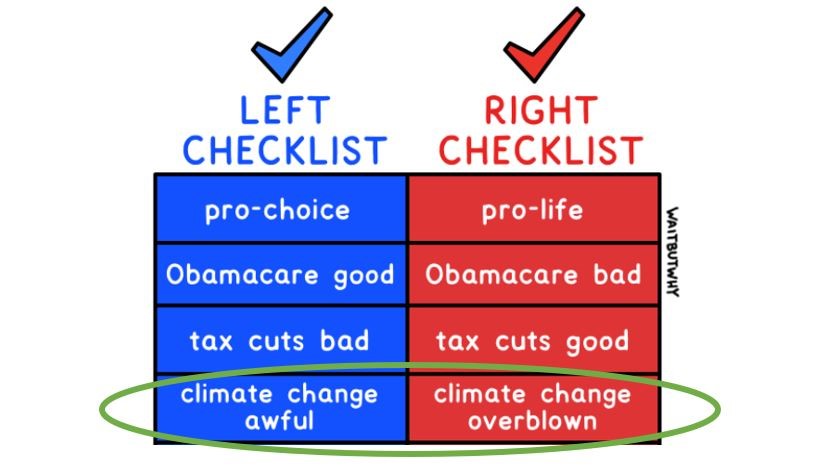
UPDATED briefest possible explanation of CO₂ #climatechange physics:
(1/12) Any warm object radiates energy at wavelengths depending on its temperature, the distribution of which is described by Planck's Law:
(1/12) Any warm object radiates energy at wavelengths depending on its temperature, the distribution of which is described by Planck's Law:
2. The sun's surface temperature is 5,778 K, so Planck's Law predicts it will radiate primarily at visible light wavelengths. 

3. Earth receives 1,362 W/m² from the sun in a combination of UV, visible and infrared radiation, but 29.5% is immediately reflected by clouds or the surface. The remaining 70.5% (960 W/m²) is absorbed by land, air and oceans.
4. The sun illuminates the disk of Earth (area = πr²) but our spherical plant has an area = 4πr². To maintain energy equilibrium and steady surface temperature, the average square meter of Earth's surface must emit 240 W/m² (960 W/m² ÷ 4 = 240 W/m²). 

5. From the Stefan-Boltzmann Law, we can calculate the surface temperature that will radiate exactly 240 W/m² (255 K). If we plug this temp. back into Planck's Law, we calculate that Earth will glow in a distribution of wavelengths mostly in thermal infrared (4-50 μm). 

6. This would be the case if Earth had no atmosphere. Instead, greenhouse gasses (GHGs) absorb & re-radiate Earth's outgoing infrared, producing a jagged emission to space.
7. IR-active GHGs suppress emission in some portions of the spectrum, requiring surface warming of about +33 K to maintain 240 W/m² of outgoing thermal infrared (equilibrium with the sun). But the warmer surface now emits 390 W/m², 150 W/m² more than it would without GHGs. 

8. This +33 K warmer surface temperature and the additional 150 W/m² thermal infrared is the greenhouse effect (GHE). Human additions of CO₂, CH₄, and other minor gasses have further increased this by ~3 W/m² so far. 

9. How much warming does +3 W/m² produce?
•Easier part is calculating effects from infrared absorption alone.
•Harder part is how clouds, ice, and vegetation respond. Clouds and ice reflect a lot of sunlight, while trees absorb it. Climate models don't agree on these feedbacks.
•Easier part is calculating effects from infrared absorption alone.
•Harder part is how clouds, ice, and vegetation respond. Clouds and ice reflect a lot of sunlight, while trees absorb it. Climate models don't agree on these feedbacks.

10. Consequently, warming estimates have historically varied over a wide range: 1.0-6.0°C per doubling of CO₂ (Knutti-2017). Recently the IPCC AR6 report has concluded there is enough evidence to tighten this range to 2.5-4.0°C. 

11. Future warming also depends on how quickly & how much more GHG's are added. While some have feared worst-case-scenarios RCP8.5 or SSP5-8.5, current emissions projections much more modest (dire media headlines are usually based on RCP8.5 studies) 

12. Any campaign to change the status quo may tend to construct two simple, clear-cut categories: pro- and anti-climate action. In fact, Americans can be categorized according to at least six levels of concern regarding climate change: 

As usual, my goal is 100% accuracy. If something is incorrect, feel free to let me know.
• • •
Missing some Tweet in this thread? You can try to
force a refresh












